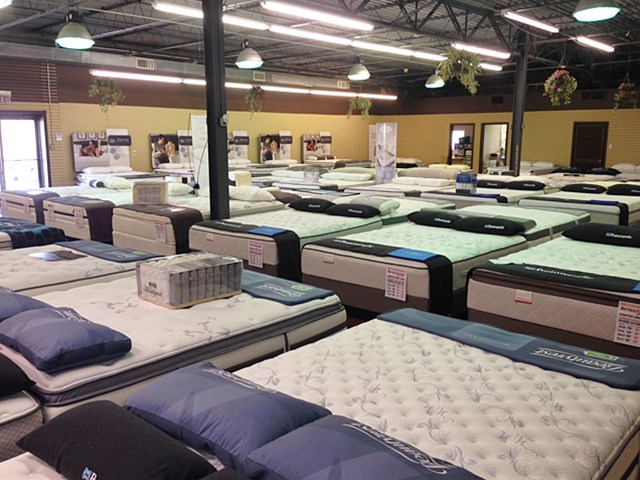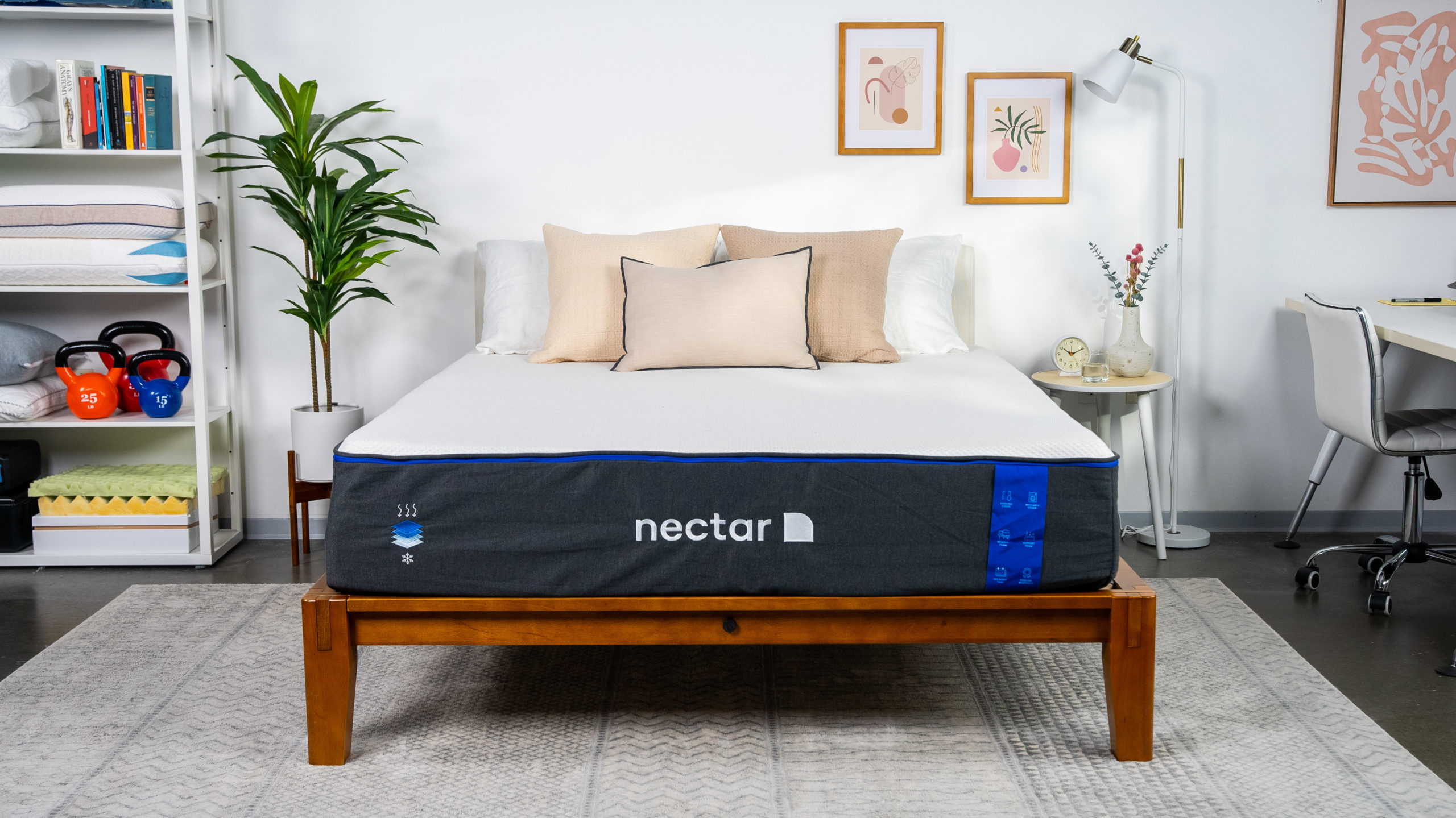When it comes to lighting your living room, there are many options available. Two popular choices are uplighting and downlighting. While both options provide ample light, they have different effects on the overall ambiance of the room. In this article, we will compare uplighting and downlighting and help you decide which one is better for your living room. Uplighting vs Downlighting: Which is Better for Your Living Room?
Uplighting refers to lights that are directed upwards, towards the ceiling or walls. This type of lighting is often used to create a soft, ambient glow in the room. It can also be used to highlight architectural features or artwork on the walls. On the other hand, downlighting refers to lights that are directed downwards, towards the floor. This type of lighting is commonly used to provide task lighting, such as reading or working on a computer. When it comes to pros and cons, uplighting offers a warm and inviting ambiance, making the room feel cozy and comfortable. It also helps to visually expand the space, making the room appear larger. However, it may not provide enough light for tasks that require more focused lighting. Downlighting, on the other hand, provides brighter and more direct light, making it ideal for tasks. But it can create a harsh and uninviting atmosphere if not used correctly. The Pros and Cons of Uplighting and Downlighting in a Living Room
Choosing between uplighting and downlighting ultimately depends on your personal preferences and the purpose of the room. If your living room is primarily used for relaxing and entertaining, uplighting may be the better choice. It creates a cozy and inviting atmosphere, perfect for unwinding after a long day. If your living room also doubles as a workspace or reading area, downlighting may be more suitable. It provides the necessary brightness for tasks while still maintaining a comfortable ambiance. How to Choose Between Uplighting and Downlighting for Your Living Room
Both uplighting and downlighting have their own unique effect on the ambiance of a living room. Uplighting creates a warm and inviting atmosphere, perfect for cozy nights in. It also helps to highlight the architectural features and décor in the room. On the other hand, downlighting provides a brighter and more focused light, making it ideal for tasks and activities. It can also create a modern and sleek ambiance when used correctly. Ultimately, the best option will depend on your personal style and the overall design of your living room. Uplighting vs Downlighting: Which Creates a Better Ambiance in a Living Room?
Lighting plays a crucial role in home décor, and uplighting and downlighting can have a significant impact on the overall look and feel of your living room. Uplighting is a great way to highlight architectural features, such as a fireplace or exposed beams. It can also be used to draw attention to artwork or decorative pieces on the walls. Downlighting, on the other hand, can create a more modern and minimalistic look, perfect for contemporary living rooms. It can also be used to highlight specific areas, such as a reading nook or a statement piece of furniture. The Impact of Uplighting and Downlighting on Living Room Décor
Energy efficiency is an important consideration when choosing lighting for your living room. Uplighting and downlighting use different types of bulbs and have varying levels of energy consumption. Generally, downlighting uses more energy as it provides brighter and more direct light. However, LED options are available for both uplighting and downlighting, which are more energy-efficient and have a longer lifespan. When choosing between the two, consider the type of bulbs you will be using and their energy efficiency ratings. Uplighting vs Downlighting: Energy Efficiency Comparison for Living Rooms
Installing uplighting and downlighting in your living room can be a DIY project, but it is always best to consult a professional if you are unsure. For uplighting, you will need to purchase fixtures that can be mounted on the walls or ceilings and direct the light upwards. Downlighting fixtures, on the other hand, should be installed on the ceiling and direct the light downwards. Make sure to follow all safety precautions and consult an electrician if needed. How to Install Uplighting and Downlighting in a Living Room
Cost is another essential factor to consider when choosing between uplighting and downlighting for your living room. Generally, uplighting fixtures are more expensive than downlighting fixtures, as they are designed to provide a softer and more ambient light. However, the overall cost will also depend on the type of bulbs used and the energy efficiency ratings. Consider your budget and the desired lighting effect to determine which option is more cost-effective for your living room. Uplighting vs Downlighting: Cost Comparison for Living Room Lighting
Lighting is an essential element in interior design, and it can make or break the overall look of a room. Uplighting and downlighting play different roles in living room design and can be used in various ways to create a cohesive and stylish space. Uplighting adds dimension and warmth to the room, while downlighting provides functional and task lighting. When used together, they can create a balanced and well-lit living room that is both functional and visually appealing. The Role of Uplighting and Downlighting in Living Room Design
Both uplighting and downlighting have their own unique benefits, and the better option ultimately depends on your personal preferences and the design of your living room. Uplighting is more versatile in terms of creating a cozy and welcoming atmosphere, while downlighting is better for task lighting and highlighting specific areas. However, with the right placement and combination of both, you can achieve a versatile and well-lit living room that meets all your lighting needs. In conclusion, both uplighting and downlighting have their own distinct advantages and can be used effectively in living room lighting. Consider the purpose of your living room, your personal style, and the overall design of the space when deciding between the two options. With the right lighting, you can create a warm and inviting living room that is both functional and visually appealing. Uplighting vs Downlighting: Which is More Versatile for Living Room Lighting?
The Impact of Lighting on Living Room Design

The Role of Uplighting and Downlighting
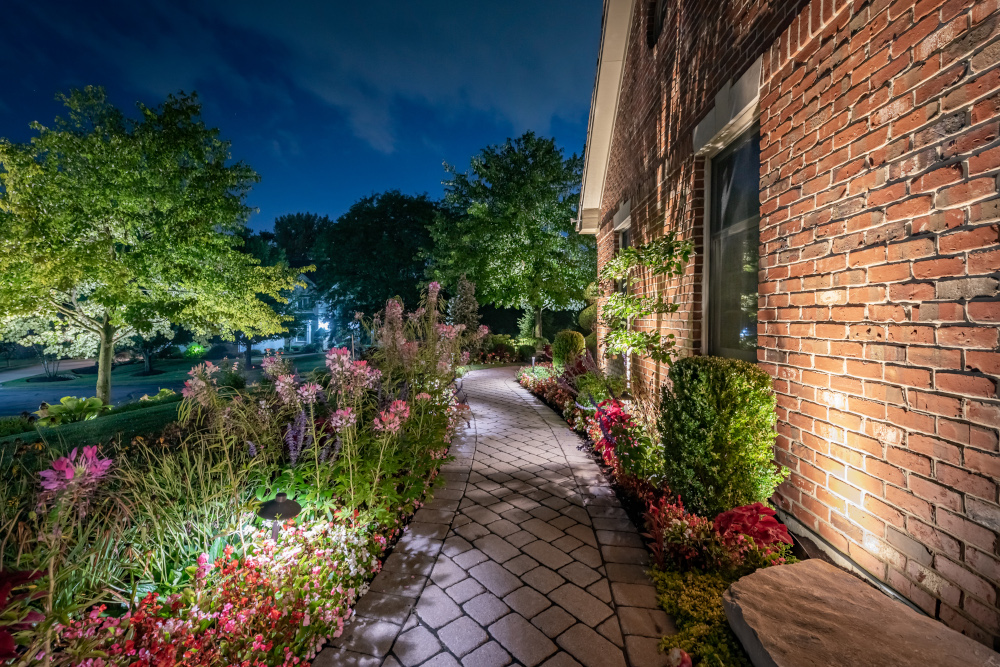 When it comes to designing a living room, one of the most important aspects to consider is lighting.
Lighting not only serves a functional purpose but also has a significant impact on the overall aesthetic and atmosphere of the room.
Two popular options for lighting a living room are uplighting and downlighting. While both techniques have their merits, it's essential to understand the differences between them to determine which is best for your living room.
When it comes to designing a living room, one of the most important aspects to consider is lighting.
Lighting not only serves a functional purpose but also has a significant impact on the overall aesthetic and atmosphere of the room.
Two popular options for lighting a living room are uplighting and downlighting. While both techniques have their merits, it's essential to understand the differences between them to determine which is best for your living room.
Uplighting: Creating a Dramatic Effect
 Uplighting refers to lighting fixtures that are placed on the floor or lower parts of the walls, shining light upwards. This technique is ideal for creating a dramatic effect in the living room.
It can add depth and dimension to the room, highlighting architectural features and creating a sense of height.
Uplighting is also a great way to draw attention to artwork or decorative elements in the room, making them stand out in a visually appealing way.
However, uplighting can also have some drawbacks.
Since the light is directed upwards, it can create shadows on the ceiling and upper parts of the walls, which may not be desirable in some living room designs.
Additionally, uplighting can be more challenging to control and may require additional lighting sources to achieve the desired level of brightness in the room.
Uplighting refers to lighting fixtures that are placed on the floor or lower parts of the walls, shining light upwards. This technique is ideal for creating a dramatic effect in the living room.
It can add depth and dimension to the room, highlighting architectural features and creating a sense of height.
Uplighting is also a great way to draw attention to artwork or decorative elements in the room, making them stand out in a visually appealing way.
However, uplighting can also have some drawbacks.
Since the light is directed upwards, it can create shadows on the ceiling and upper parts of the walls, which may not be desirable in some living room designs.
Additionally, uplighting can be more challenging to control and may require additional lighting sources to achieve the desired level of brightness in the room.
Downlighting: A Softer and More Practical Option
 Downlighting, on the other hand, refers to lighting fixtures that are installed on the ceiling, shining light downwards. This technique is more practical and functional, providing a softer and more even distribution of light in the living room.
It can create a warm and inviting atmosphere, perfect for cozy nights in or entertaining guests.
Downlighting is also a great way to illuminate the entire room, making it a more versatile option for everyday use.
However, downlighting may not have the same dramatic effect as uplighting.
It may not be as effective in highlighting specific areas or elements in the room, and it can also create a flatter, less dynamic look.
Additionally, downlighting may not be as energy-efficient as uplighting, as it may require more fixtures to achieve the desired level of brightness.
Downlighting, on the other hand, refers to lighting fixtures that are installed on the ceiling, shining light downwards. This technique is more practical and functional, providing a softer and more even distribution of light in the living room.
It can create a warm and inviting atmosphere, perfect for cozy nights in or entertaining guests.
Downlighting is also a great way to illuminate the entire room, making it a more versatile option for everyday use.
However, downlighting may not have the same dramatic effect as uplighting.
It may not be as effective in highlighting specific areas or elements in the room, and it can also create a flatter, less dynamic look.
Additionally, downlighting may not be as energy-efficient as uplighting, as it may require more fixtures to achieve the desired level of brightness.
Combining Uplighting and Downlighting for the Best of Both Worlds
 Ultimately, the decision between uplighting and downlighting will depend on your personal preference and the design of your living room.
However, many interior designers recommend using a combination of both techniques to achieve the best results.
By combining uplighting and downlighting, you can create a more dynamic and versatile lighting design that addresses both form and function.
In conclusion, both uplighting and downlighting have their strengths and weaknesses when it comes to lighting a living room.
It's essential to consider the overall design and purpose of the room to determine which technique will work best for your space.
And for the best results, don't be afraid to mix and match both uplighting and downlighting to create a well-rounded and visually appealing living room design.
Ultimately, the decision between uplighting and downlighting will depend on your personal preference and the design of your living room.
However, many interior designers recommend using a combination of both techniques to achieve the best results.
By combining uplighting and downlighting, you can create a more dynamic and versatile lighting design that addresses both form and function.
In conclusion, both uplighting and downlighting have their strengths and weaknesses when it comes to lighting a living room.
It's essential to consider the overall design and purpose of the room to determine which technique will work best for your space.
And for the best results, don't be afraid to mix and match both uplighting and downlighting to create a well-rounded and visually appealing living room design.




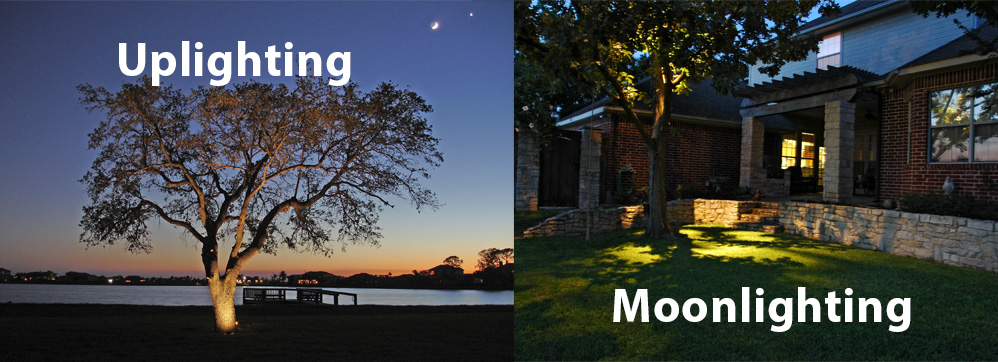


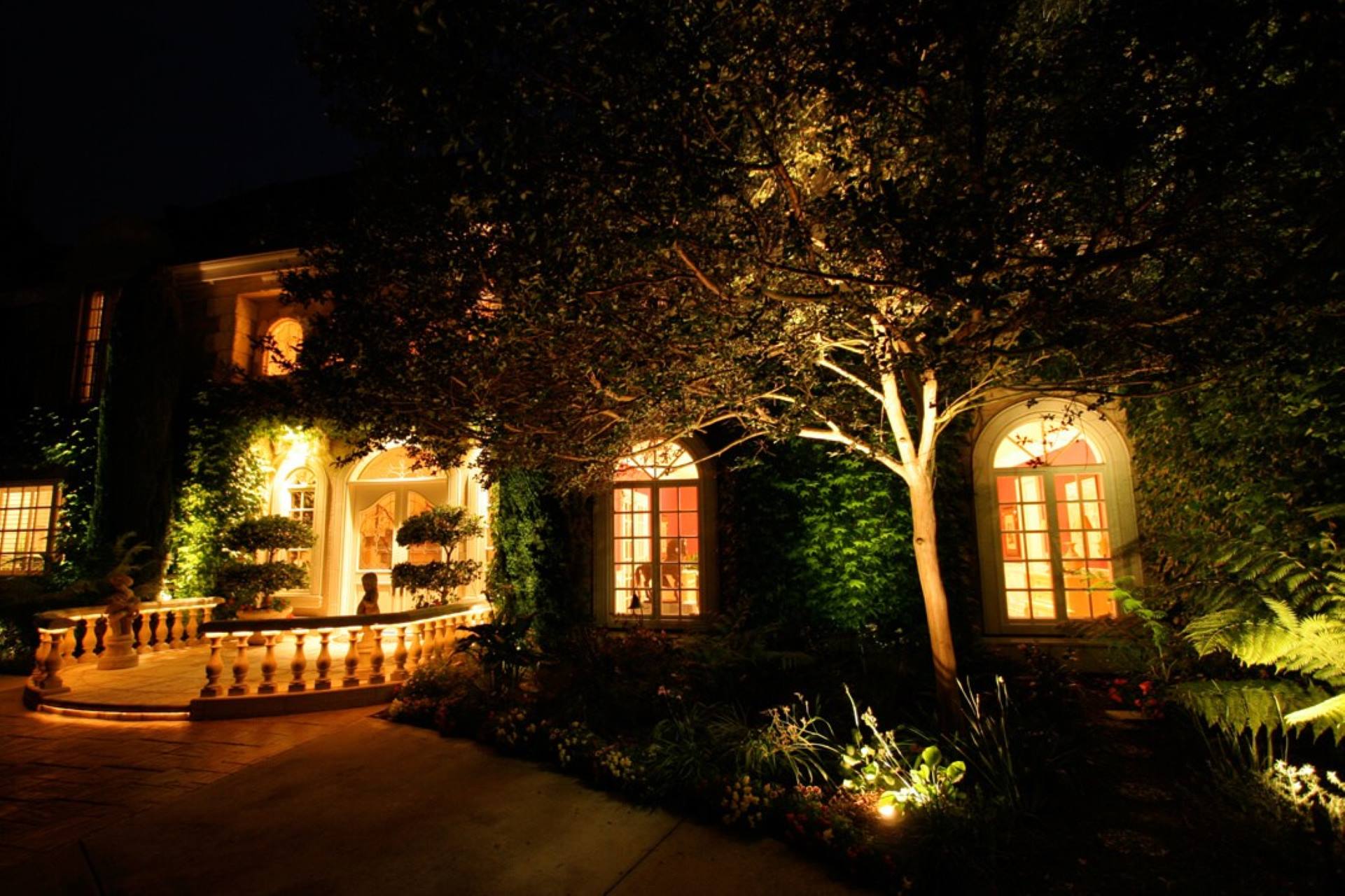




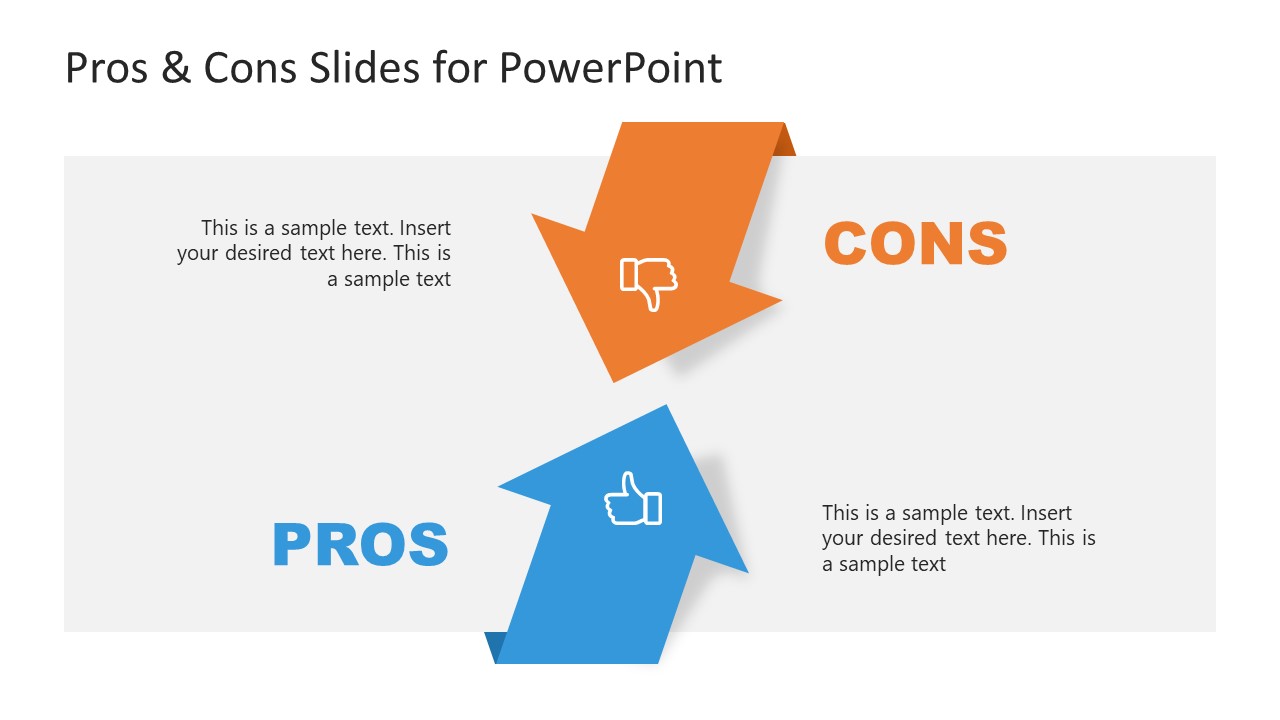

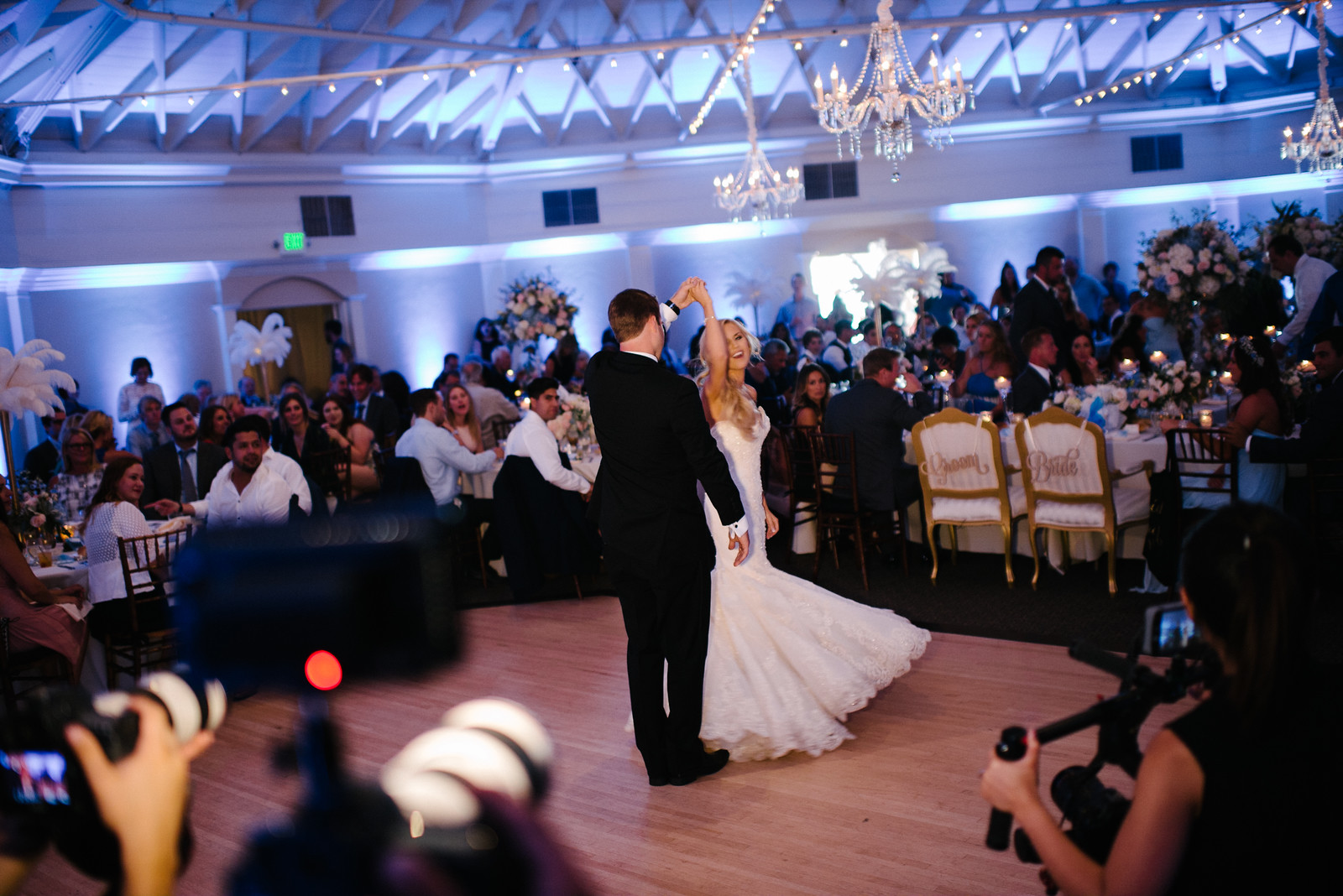













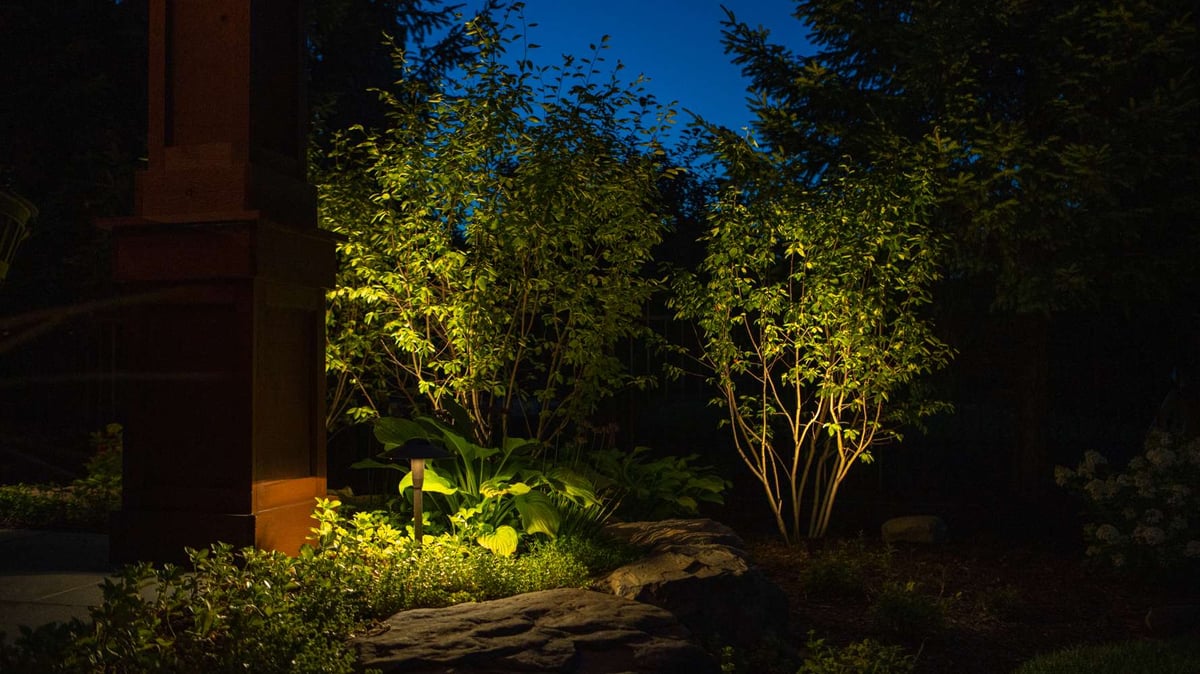
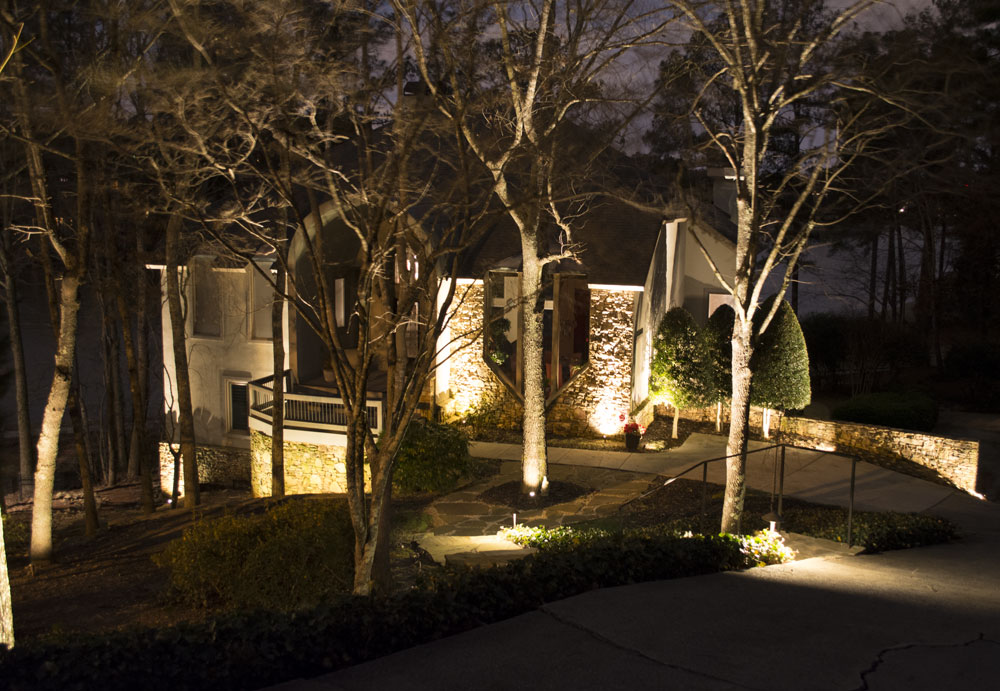

















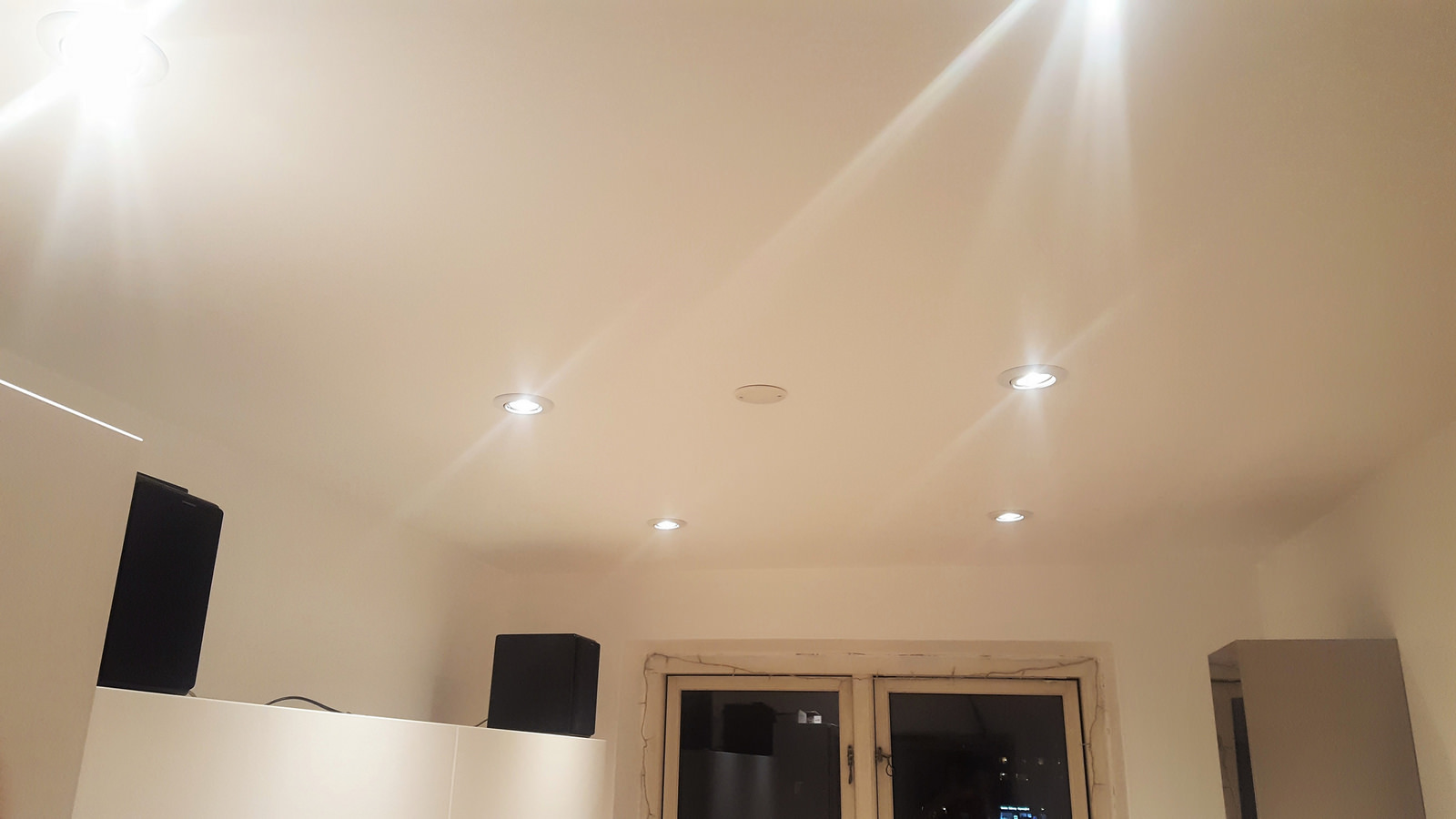






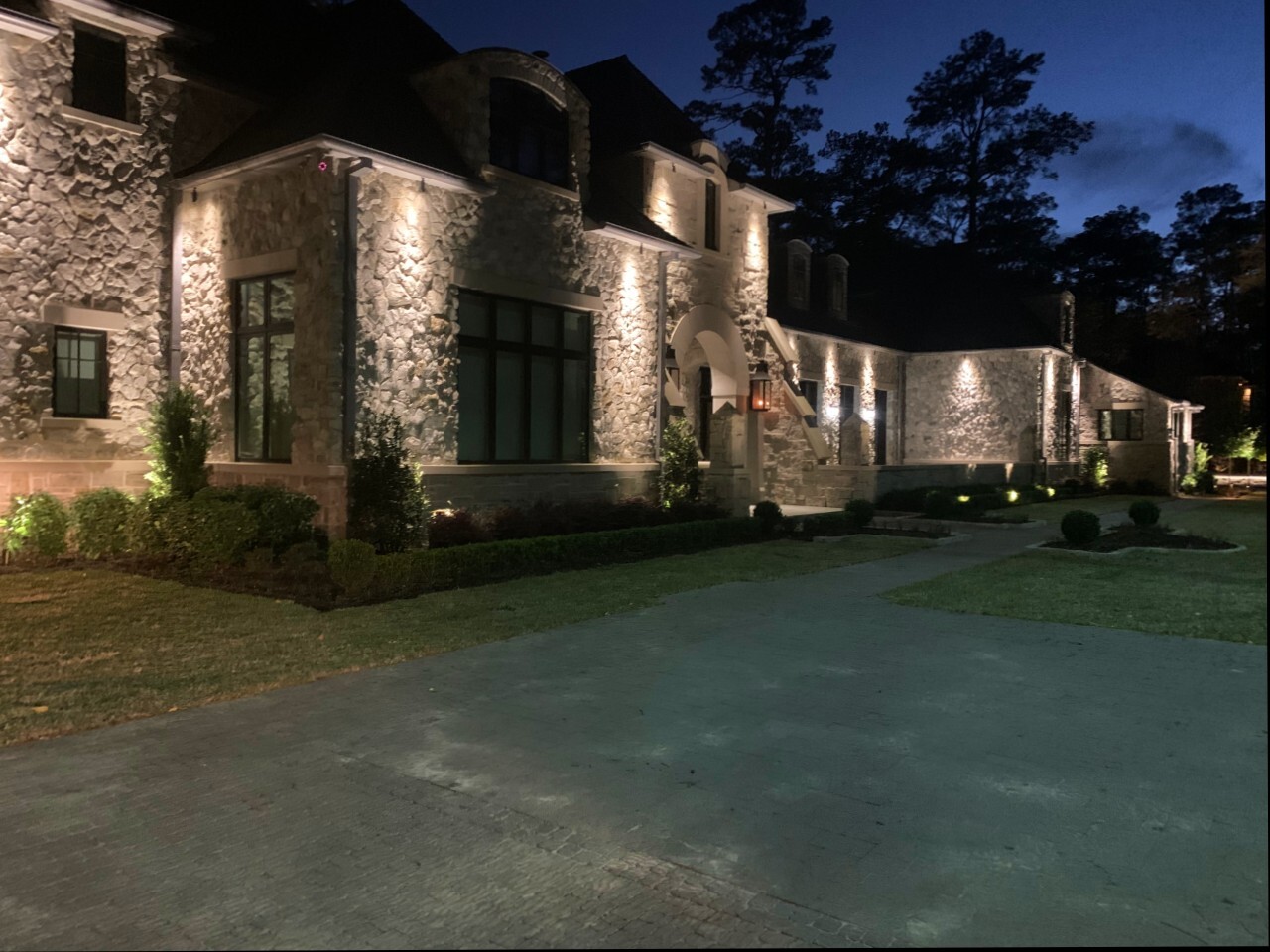





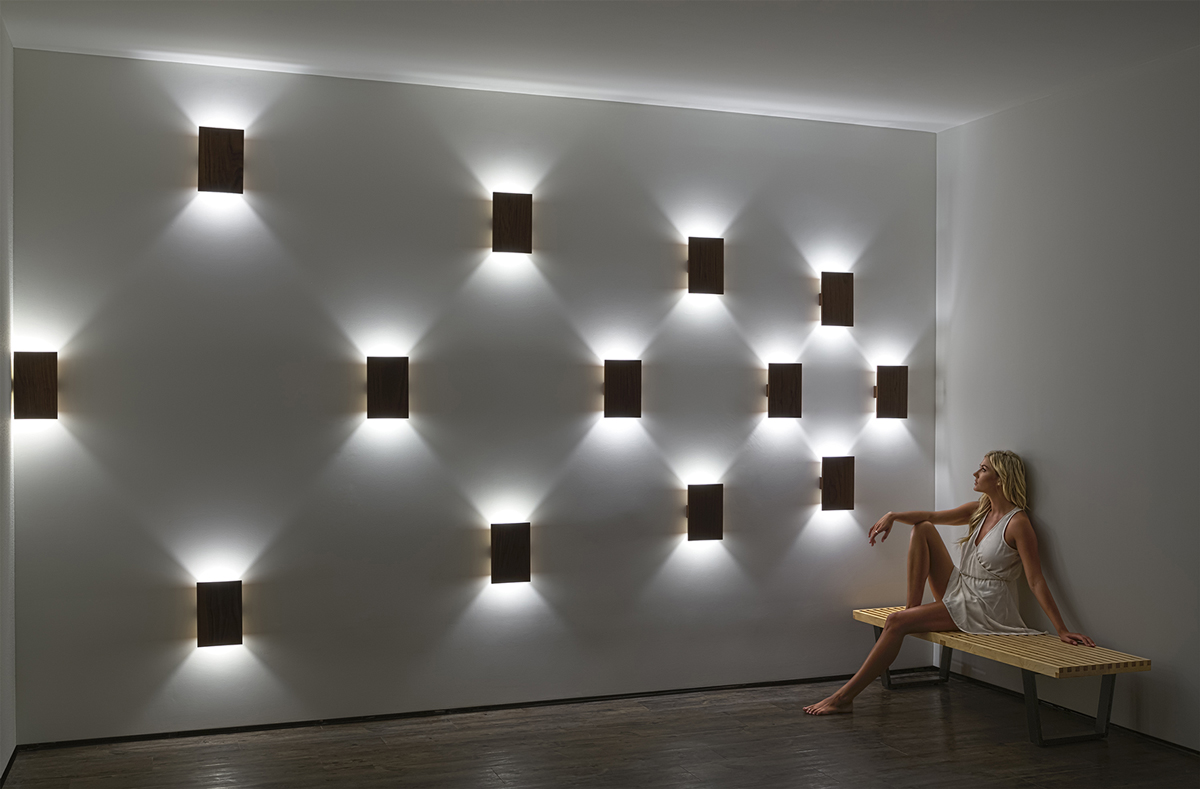



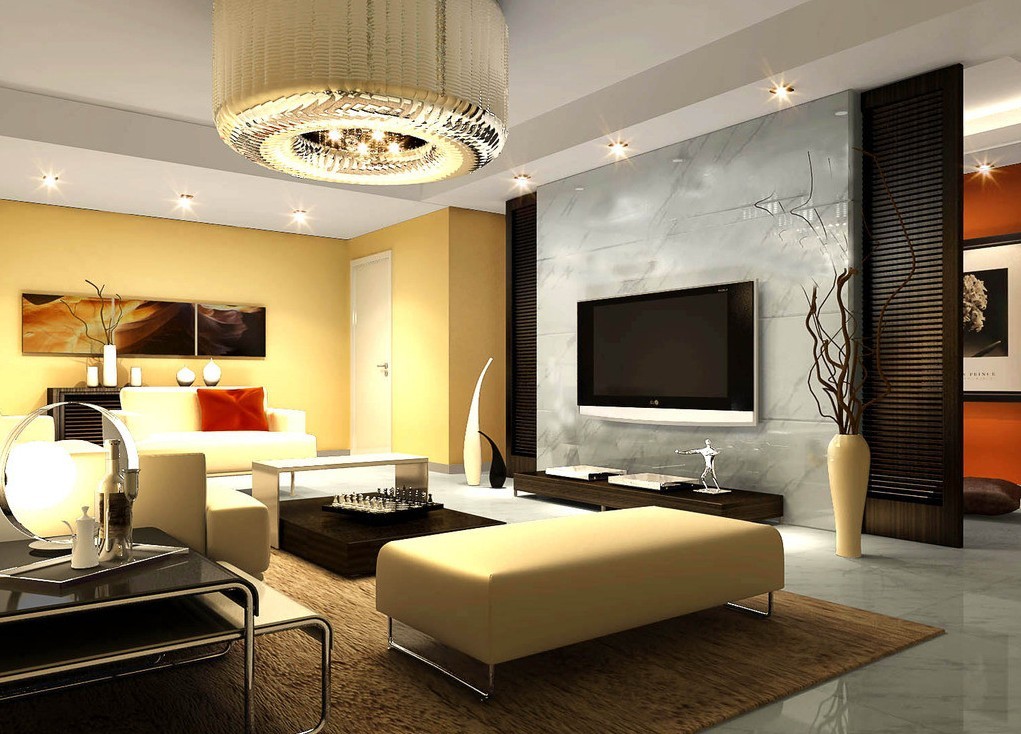
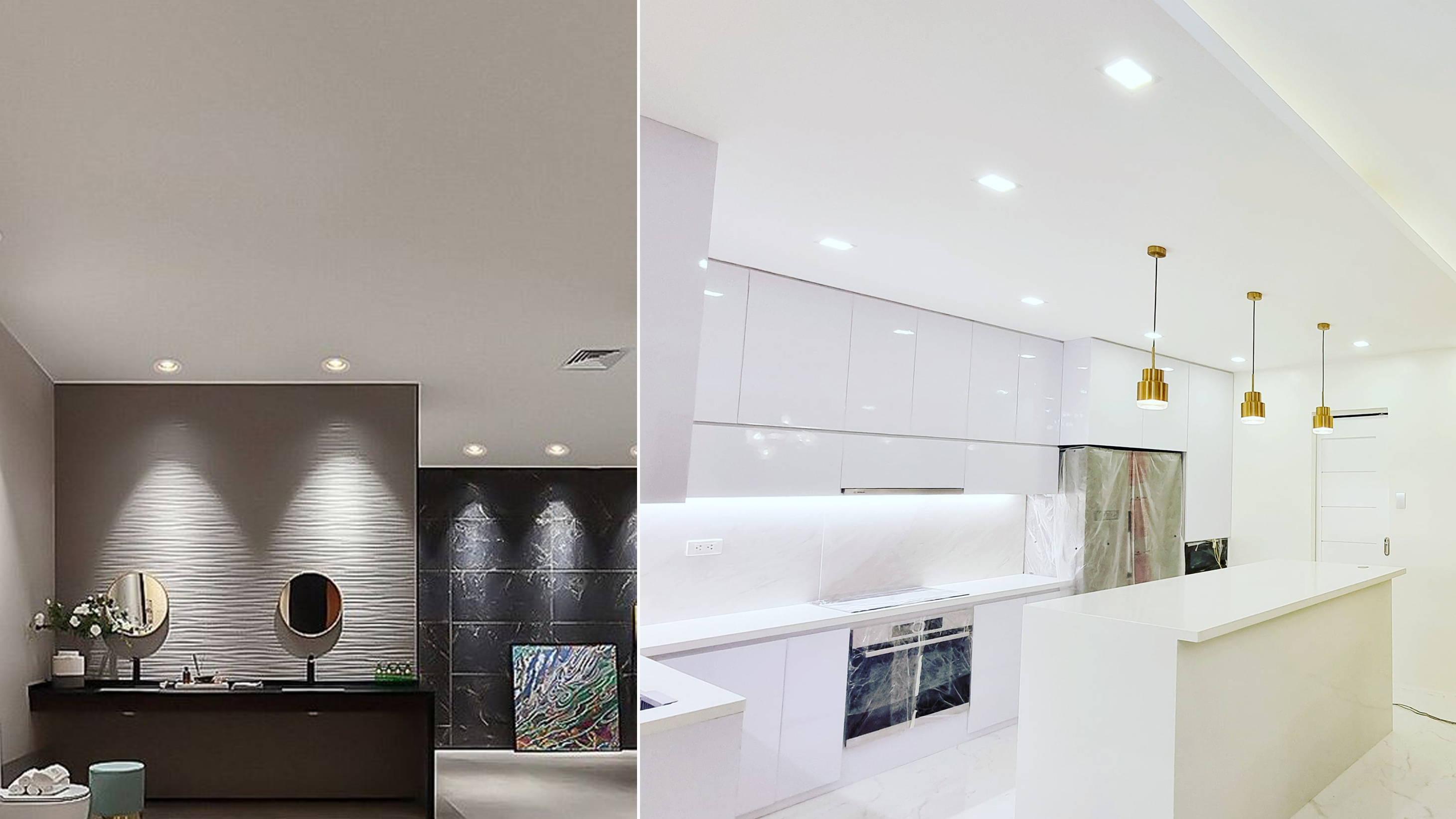
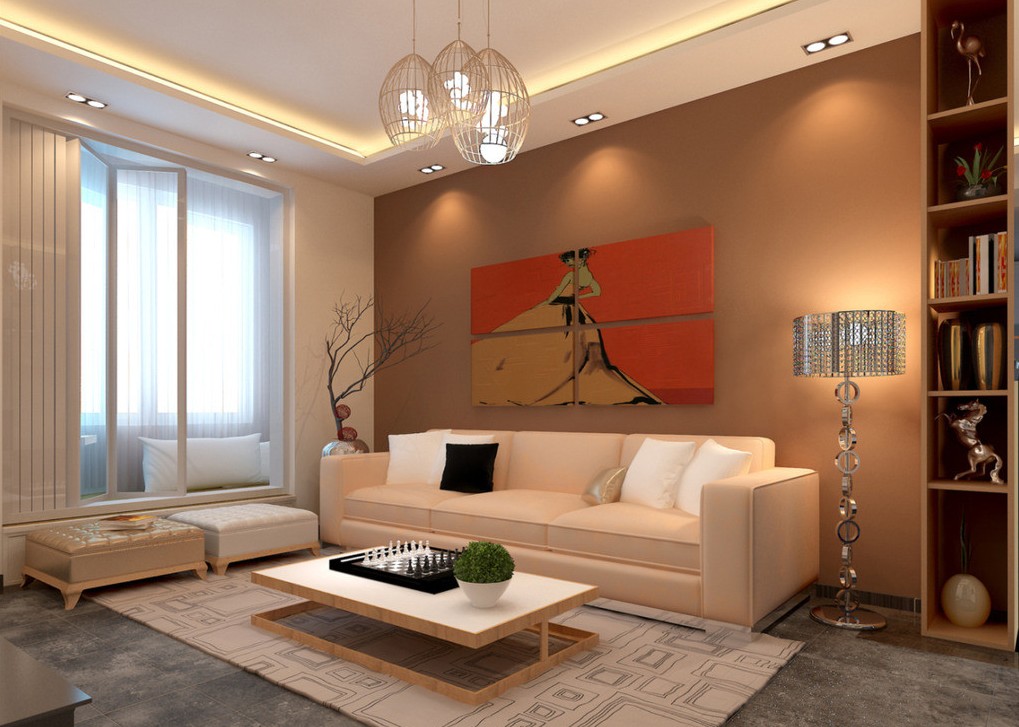
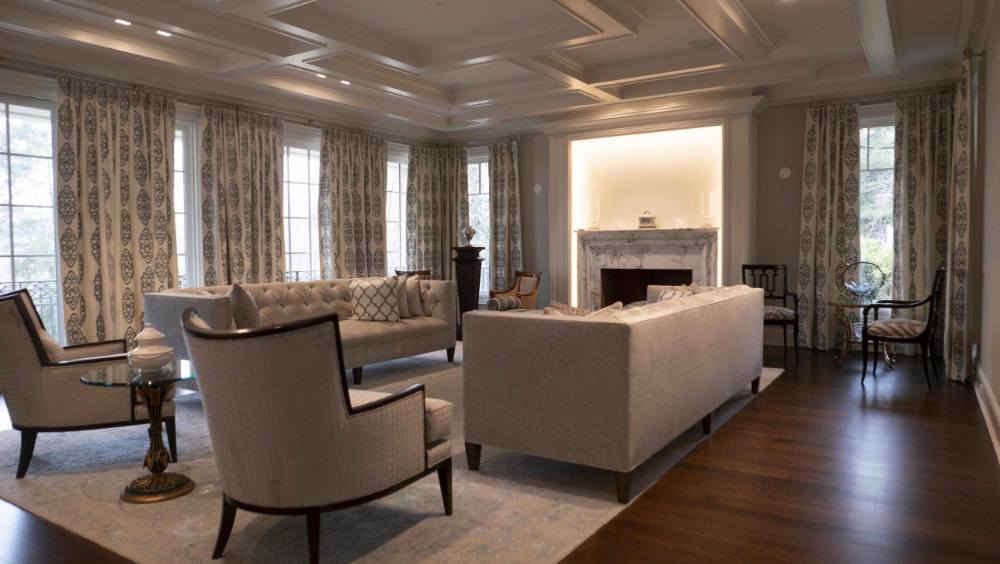


.jpg)

